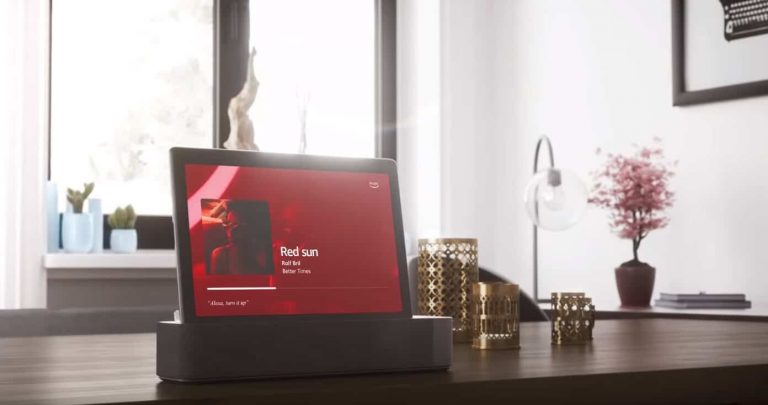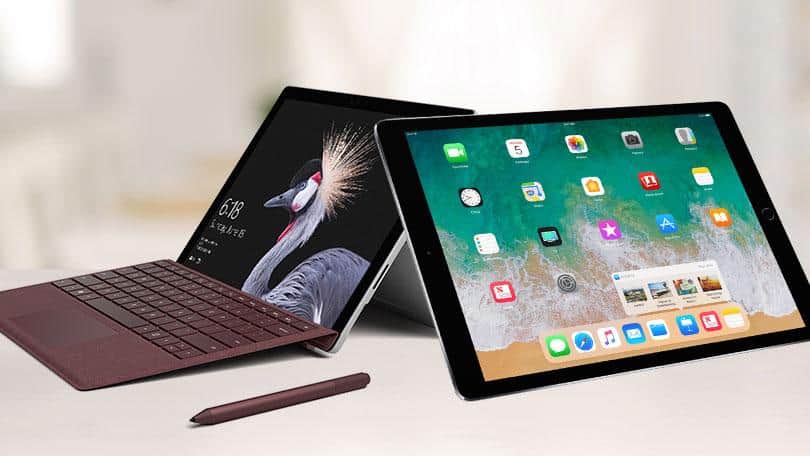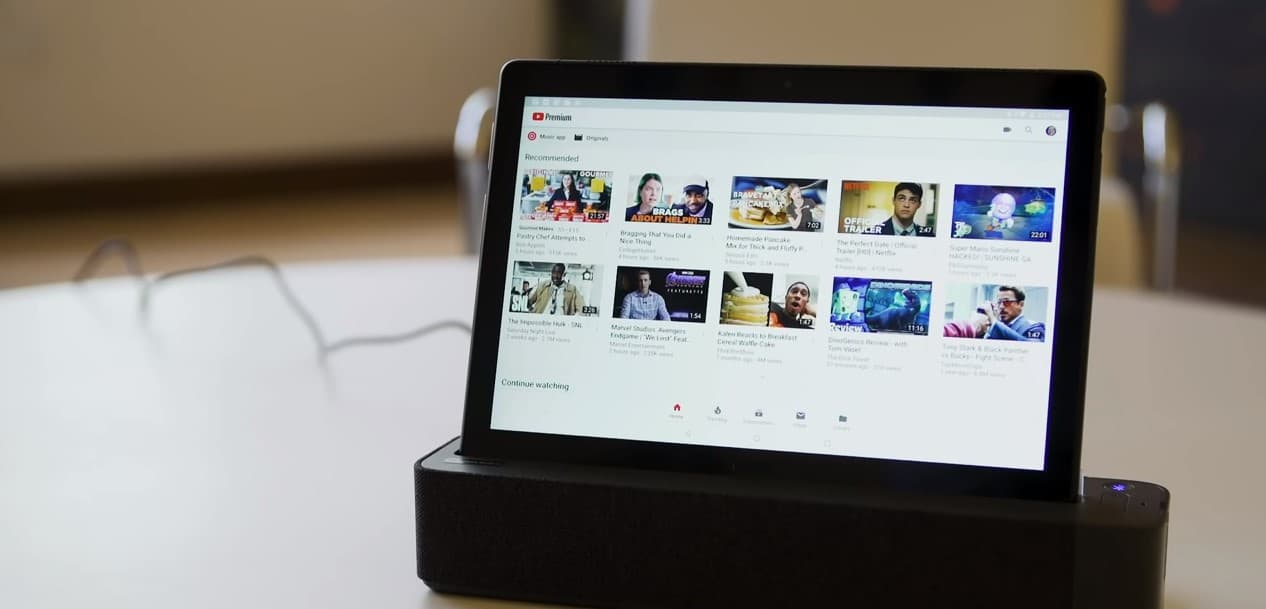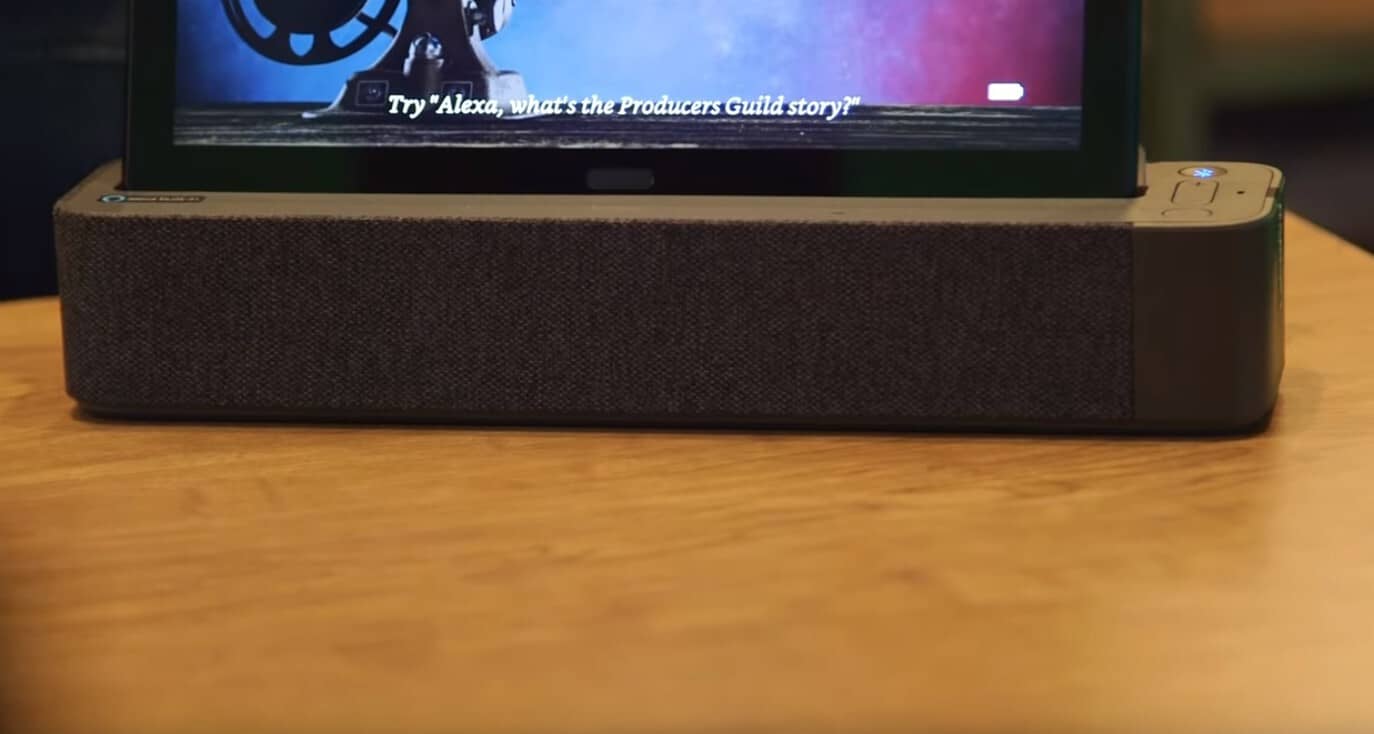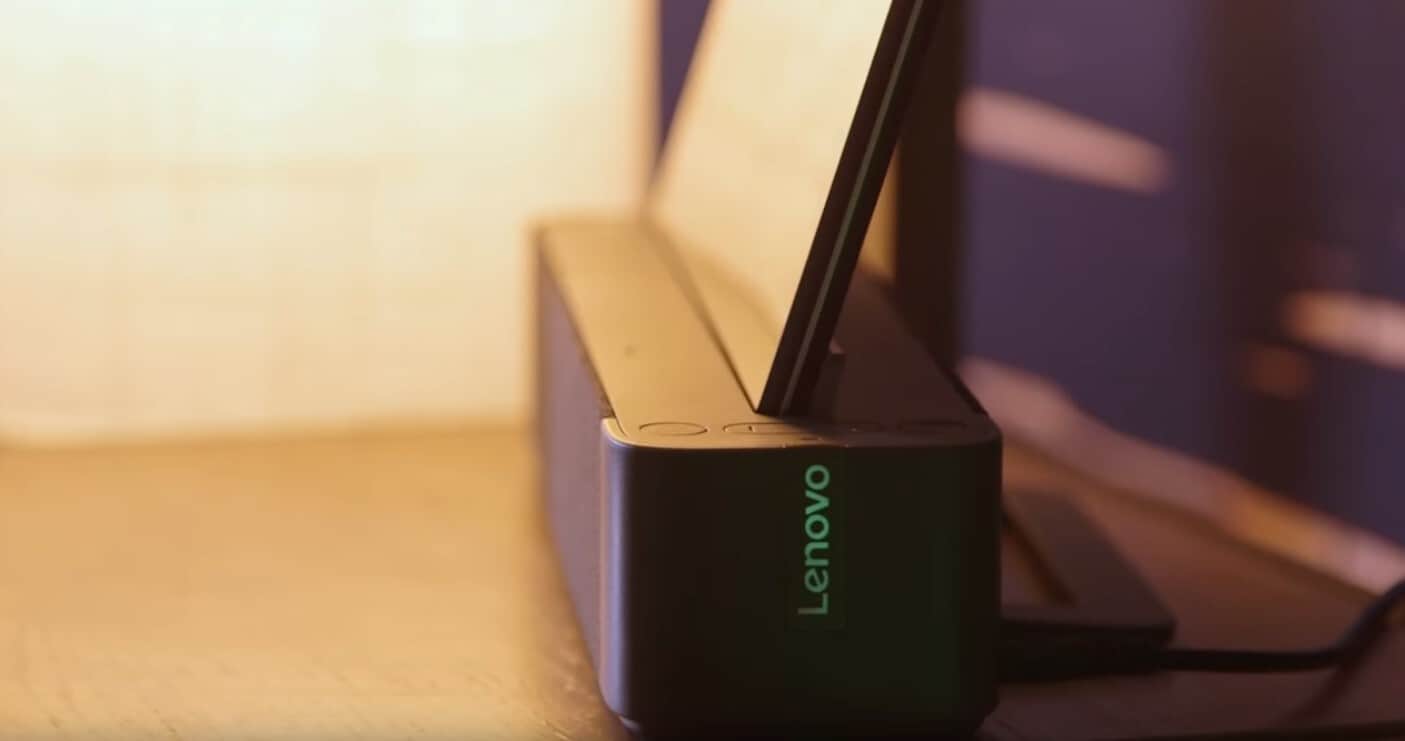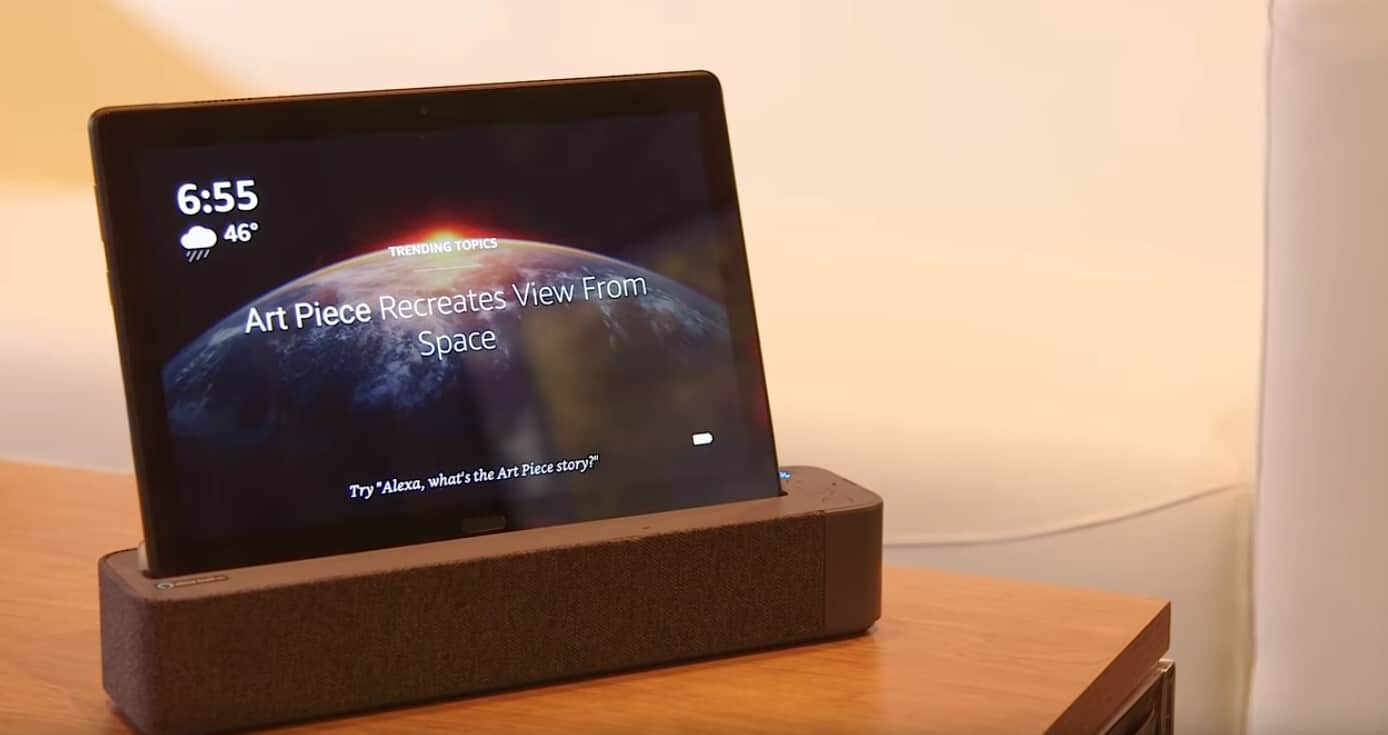Starting at $269.99 USD
Android tablets have arguably been a middling endeavor for both manufacturers and app developers as both seem to be in a perpetual waiting game for consumer adoption.
Tablet makers seem to be waiting on developers to create noteworthy experiences for the form factor while developers are waiting on hardware makers to sell a singular mass adopted piece of kit to prove the interest in the category and both are waiting on Google to give ample support in Android operating system to make it competitive platform against the market king, the iPad, and nobody is budging.
Which makes Lenovo’s Smart Tab P10 and interesting proposition.
When reviewing the P10, I found myself, on several occasions, reminiscing about the first Surface Pro usage I had. The same sort of awkward cudgeling that was presented when using the Surface Pro back in 2013 sorta shows up when using the P10, and the same sort of promise that glimmered in the Surface Pro’s future, I believe is also present with the P10.
The Basics
The Lenovo Smart Tab P10 is billed by the company as the “family tablet experience,” to which I disagree. The entire configuration run by Amazon’s Alexa assistant is user agnostic for the most part, but the tablet itself is very user-profile dependant out of the box.
Also, don’t make any mistakes during the account set up, because you’ll be forced to reset the device to get the right one. The P10 comes in a rather premium package sporting a 10.1 FHD LCD panel and glass back housing bounded 4GB of LPDDR3 memory, a 64GB hard drive, Snapdragon 450 processor all powered by Android O.
Other specs include a less than impressive 5MP front-facing camera and 8MP rear shooter as well as a questionable glass on glass build with fingerprint reader and 4 front facing speakers pumping out Dolby Atmos supported sound. I suppose the more impressive engineering is in the dock itself that houses two-three watt full range tweeters that pump out relatively balanced sound at mid to low sounds, all wrapped in a premium fabric material.
The fit and finish of the product is premium, to say the least, but put in a home with two children under the age of three, polished designs can be a detriment, especially those clad in glass.
This is all to say, that for $269.99 or $319.49 for the model I reviewed, you’re still getting a decent set up and cost savings vs a separate tablet and home hub.
How it runs
On its surface, the P10 is a tablet that docks into a speaker to become a home hub akin to a Google Home Hub, Amazon Echo Show or Amazon Echo Spot. Similar to the paradigm of pure consumption tablet versus faux tablet, mini laptop, the P10 is fighting an uphill battle of its own choosing.
Arguably, what makes devices such as Google’s Home Hub and the Echo Show desired choices are their ability to hone in and focus on a singular set of uses cases. Much like iPad in early iterations, the Echo Show and Home Hub excel at being background tools designed with a specific set of solutions accomplished in relatively subtle ways.
The Smart Tab P10 is large and demands more attention due in part to its screen real estate. I found during my testing that I spent more time looking at the screen to see if the embedded Amazon Alexa assistant was picking up verbal commands than I normally do with my Google Home or Invoke.
I believe that’s due in large part in the way the recognition is implemented on Smart Tab. Instead of an audible indicator, the bottom of the screen lights up to let users know the device is engaged in voice recognition, which means the P10 needs to be in a spot easily identified visually for people who find themselves speaking into the void often.
Once you get on a verbal accord with the Smart Tab, it functions much like its competitors. I was able to find recipes, cooking instructions, pull up YouTube videos, play songs and albums from Amazon music as well as get news and weather updates daily.
A potentially overlooked feature of the P10 is its function as a hi-res video monitor. In a home with two children in desperate need of sleep training, having a 10.1″ FHD screen with supported sound to view a room has been a godsend.
When docked the unit works and responds with rather snappy speed, but when separated, Lenovo’s decision to go with a Snapdragon 450 processor arguably hampers the overall experience. As a tablet, the P10 is sluggish and awkward to navigate. With cameras and fingerprint readers in odd places when in portrait mode, a glass back that forced me to continually reposition my hand for grip, perhaps, most importantly, there were wi-fi and Bluetooth issues that sprung up regularly.
With the Smart Tab having a Bluetooth enabled dock, I thought I’d be able to engage with Alexa on tablet and have the resulting communications pumped through to the much better sounding speaker dock. That was not the case.
Music, videos and voice request seemed to be locked to the tablet when not connected to the dock, which begs the question of what is the purpose of adding Bluetooth to it. Future PromiseThe Smart Tab P10 is, by most accounts, a 2-in-1 device that serves as an Amazon Echo Show refinement and a Samsung Galaxy Tab alternative in a pinch.
Its strengths reside in its dual value proposition for customers and its weakness also linger in its clunky implementation. The P10 is a slave to dual masters in Amazon Alexa’s voice assistant and the Google assistant when undocked.
Neither play particularly well with one another and result in odd disjointed experiences such as calling on Alexa to pull up a YouTube video but being forced to unlock the device and have Google complete the request using Google assistant.
The disjointed user experience puts the onus on the user to remember request limitations based on the configuration at the time. With that being said, the idea a tablet can gain a second life by way of docks is a future I’m all set for. The notion that the tablet, which arguably spends much of its time in a house, can now convert into a hub equipped with all the entertainment trimmings, is something I think more tablet and dock makers should be investing in.
While smart hubs such as the Echo Show or Google Home hub seek the refinement of a dedicated single-use-case device, Lenovo’s ambitions 2-in-1 Smart Tab P10 is something I find truly consumer-friendly. The P10 arguably is attempting to do what the Surface Pro did for computing, and that’s force users to re-evaluate their devices and what’s truly important to their tasks.
Having a laptop, tablet, and the phone seemed like a no brainer for many until they were presented with a laptop in the form of a tablet and could save money and space by actually evaluating their devices.
I believe the Smart Tab has all the makings of a truly useful device but is hampered by its current implementation, partly due to dueling assistants, odd and unrefined 2-in-1 related usage, and the software limitations of Android O on a Snapdragon 450.

